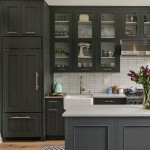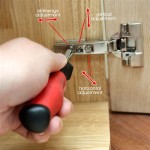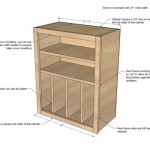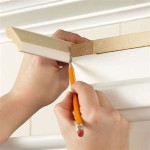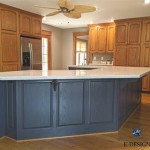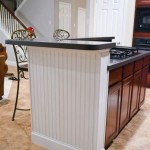How to Glaze Painted Kitchen Cabinets: A Comprehensive Guide
Glazing painted kitchen cabinets adds a touch of sophistication and depth to your kitchen décor. It involves applying a transparent glaze over the painted surface to create a subtle sheen and enhance the cabinet's character. Follow this comprehensive guide to achieve glazed painted cabinets that will transform your kitchen.
Preparing the Cabinets
Before glazing, ensure the cabinets are thoroughly cleaned to remove any dirt or debris. Sand any imperfections or rough edges and repair any cracks or dents. Apply a thin coat of primer to the cabinets and allow it to dry completely.
Choosing the Glaze
Select a glaze that complements the cabinet's paint color. Water-based glazes are easiest to use, while oil-based glazes offer greater durability. Consider the desired level of sheen when selecting the glaze. A matte glaze will result in a less shiny finish, while a glossy glaze will create a more reflective surface.
Applying the Glaze
Apply the glaze to the cabinets using a brush or sponge. Work in small sections at a time, applying the glaze in thin, even coats. Use a light touch to avoid over-applying and creating streaks.
The technique you use to apply the glaze will affect the final effect. A light, feathered stroke will create a subtle, translucent finish, while a heavier, more circular motion will produce a more opaque look.
Adjusting the Glaze
Once the glaze has been applied, you can adjust its consistency and opacity by adding water or glaze medium. Experiment with different ratios until you achieve the desired effect.
Blending and Wiping
After applying the glaze, blend it into the paint using a clean brush or rag. This will help to create a smooth transition between the glazed and unglazed areas.
Using a soft, lint-free cloth, wipe away any excess glaze from the cabinet's surface. This will remove any streaks or imperfections and create a polished finish.
Drying and Curing
Allow the glazed cabinets to dry completely before using them. The drying time will vary depending on the type of glaze used. Once dry, the cabinets require curing to ensure the glaze has hardened fully. This typically takes several days.
Maintaining Glazed Cabinets
To maintain the beauty of your glazed cabinets, clean them regularly using a mild detergent and soft cloth. Avoid using harsh chemicals or abrasive cleaners that could damage the glaze.
Additional Tips
- Test the glaze on an inconspicuous area of the cabinet before applying it to the entire surface.
- Use a high-quality brush or sponge to apply the glaze evenly.
- Don't over-apply the glaze, as this can create a cloudy or streaky finish.
- Allow the glaze to dry completely before moving on to the next step.
- If you're not satisfied with the results, you can remove the glaze using a chemical stripper.
Conclusion
Glazing painted kitchen cabinets is a rewarding project that adds a unique touch to your kitchen. By following these steps and keeping our tips in mind, you can achieve professional-looking glazed cabinets that will enhance the beauty of your kitchen for years to come.

How To Glaze Kitchen Cabinets

How To Glaze Kitchen Cabinets Diyer S Guide Bob Vila

How To Glaze Cabinets At Home With The Barkers

How To Glaze Cabinets At Home With The Barkers

How To Glaze Kitchen Cabinets Diyer S Guide Bob Vila

How To Glaze Cabinets At Home With The Barkers

3 Steps To Glaze Cabinets Correctly Painted Furniture Ideas Glazed Kitchen Chalk Paint Distressed

Rescuing And Reviving A Glazed Distressed Kitchen Bella Tucker

Porchswings N Honeysuckle Paint And Glaze Cabinet Tutorial Kitchen Cabinets Makeover Renovation Glazed

How To Glaze Kitchen Cabinets Diyer S Guide Bob Vila
Related Posts

